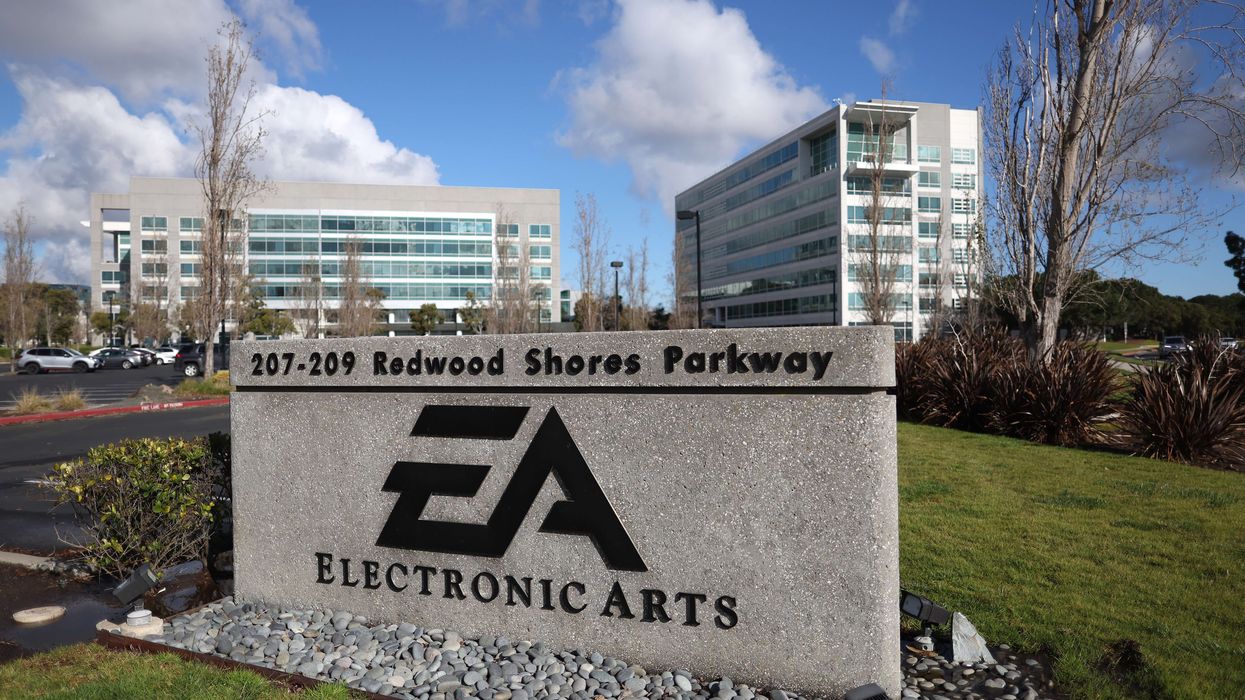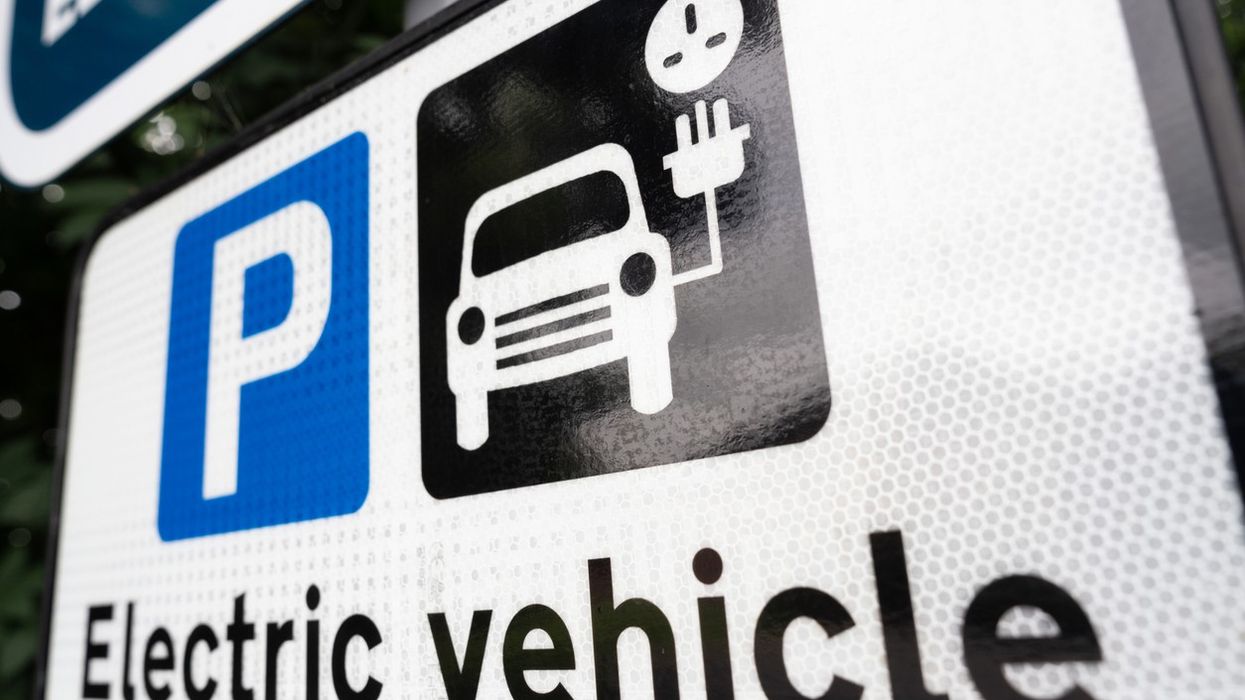Highlights
- EA to be acquired by PIF, Silver Lake, and Affinity Partners
- Shareholders to receive £166 per share, 25% above market value
- Deal marks largest all-cash sponsor take-private investment ever
- EA to remain headquartered in California under CEO Andrew Wilson
- Transaction expected to close in early 2027
EA agrees to £43bn all-cash takeover
Electronic Arts (NASDAQ: EA), the studio behind blockbuster franchises such as FIFA, Battlefield, and The Sims, is set to go private after agreeing to a £43 billion acquisition by an investor consortium made up of Saudi Arabia’s Public Investment Fund (PIF), Silver Lake, and Affinity Partners.
Shareholders will receive £166 per share in cash, a 25% premium on EA’s recent market price. PIF, which already owns 9.9% of the company, will roll its stake into the deal. Once completed, EA will no longer be listed on public markets.
Largest all-cash take-private in history
The deal is the biggest all-cash sponsor-led take-private transaction ever. The consortium has said it will use its experience in gaming, technology, and sports to support EA’s growth and innovation, aiming to create new opportunities for players worldwide.
Executives react
EA chief executive Andrew Wilson said the acquisition recognises “the extraordinary work” of the company’s teams and will help the studio “unlock new opportunities globally.”
Turqi Alnowaiser of PIF highlighted the fund’s commitment to gaming and esports, while Silver Lake co-CEO Egon Durban praised EA’s strong revenue growth and cash flow. Jared Kushner, CEO of Affinity Partners, called EA “an extraordinary company with a world-class management team and bold vision for the future.”
What happens next
The deal has been approved by EA’s board and is expected to close in the first quarter of 2027, subject to regulatory approval and shareholder consent. Funding will come from a mix of consortium equity and £16 billion in debt financing. EA will remain based in Redwood City, California, with Wilson staying on as CEO.
About EA
EA is a leading developer and publisher of video games for consoles, PCs, and mobile devices. Its portfolio includes some of the industry’s most recognisable brands, such as EA SPORTS FC, Apex Legends, Need for Speed, Dragon Age, Titanfall, and Plants vs. Zombies. In fiscal 2025, the company posted £5.9 billion in revenue.













